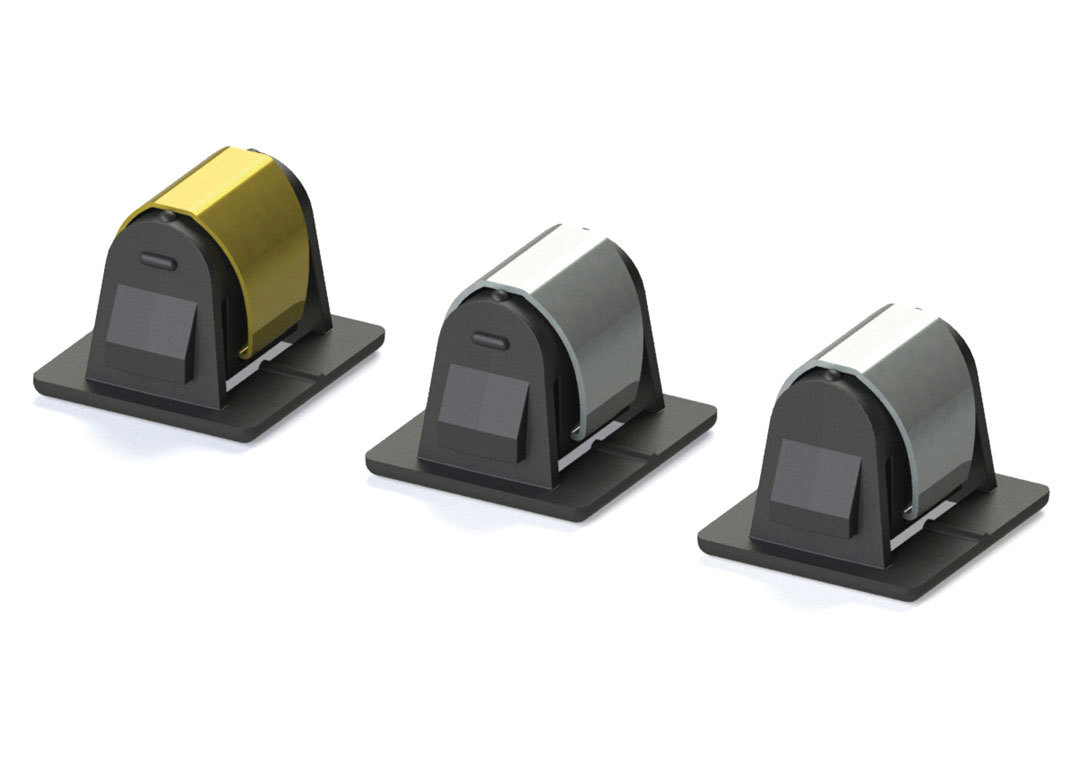
In the 1960s the Toyota Production System formalised error prevention in its manufacturing processes and gave it the name ‘Poka Yoke’. This translates to ‘mistake proofing’ or ‘inadvertent error prevention’ and has been adopted beyond the automotive industry.
Designers and engineers who take on board ‘Poka Yoke’ in manufacturing find it delivers a range of benefits. For instance, it can reduce inspection time and lower the costs of quality control thereby reducing wastage. Operators often need less training and are happier if they don’t make mistakes. This improved quality leads to improved customer satisfaction and loyalty.
Engineered fasteners can be a key part of the ‘Poka Yoka’ solution. Here are a few scenarios where global fastener distributor JET PRESS Ltd has worked with its customers to supply fasteners that help with error proofing.
Does it feel right?
Often, different fasteners look very similar. When an operator has to pick up a fastener you can give them tactile signals to help them make sure they have the right part. The simplest option is to put a raised lug somewhere on the fastener when it’s manufactured. The operator can then immediately feel if the lug is there or not.
JET PRESS does exactly this for an engine manufacturer. The customer manufactures an engine block with six different sizes of pipe that have to be clipped into place. One of the pipes is 12mm and another 13mm. It’s very difficult to see the difference in size, so JET PRESS supplies the 13mm pipe clips with pips that the user can easily feel. The clips are attached using a jig so as a back-up the pips prevent the clips from being inserted in the wrong place in the jig.
Another tactile option is to choose a different texture for different fasteners. For instance, JET PRESS stocks more than fifty kinds of fir tree clips and many of them look very much alike. But if you specify grained heads for one size and plain for the other, operators can feel the difference.
There are plenty of manufacturing processes that use a lot of different but similar looking parts. For example, a JET PRESS customer has to clip a component into a car interior using twelve different – but similar looking – latches. There are clips with two kinds of bezel, two different panel thicknesses and three varying spring forces. So, JET PRESS uses a combination of different colours and lugs to help operatives to identify the different latches.
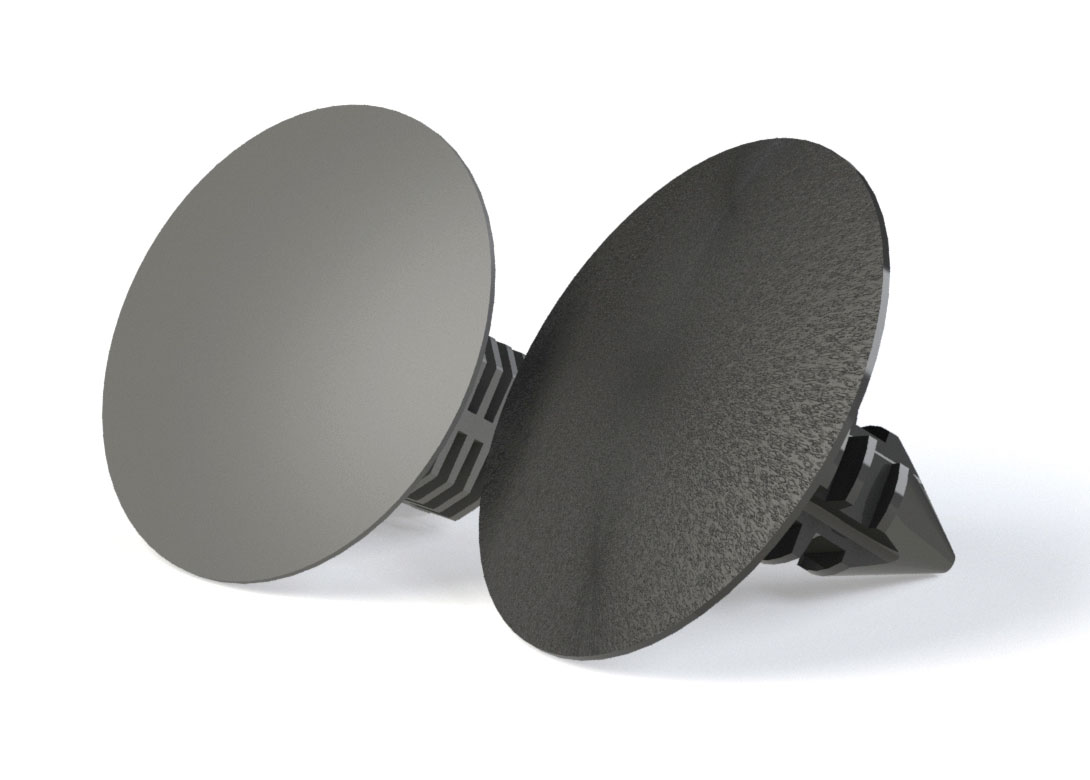
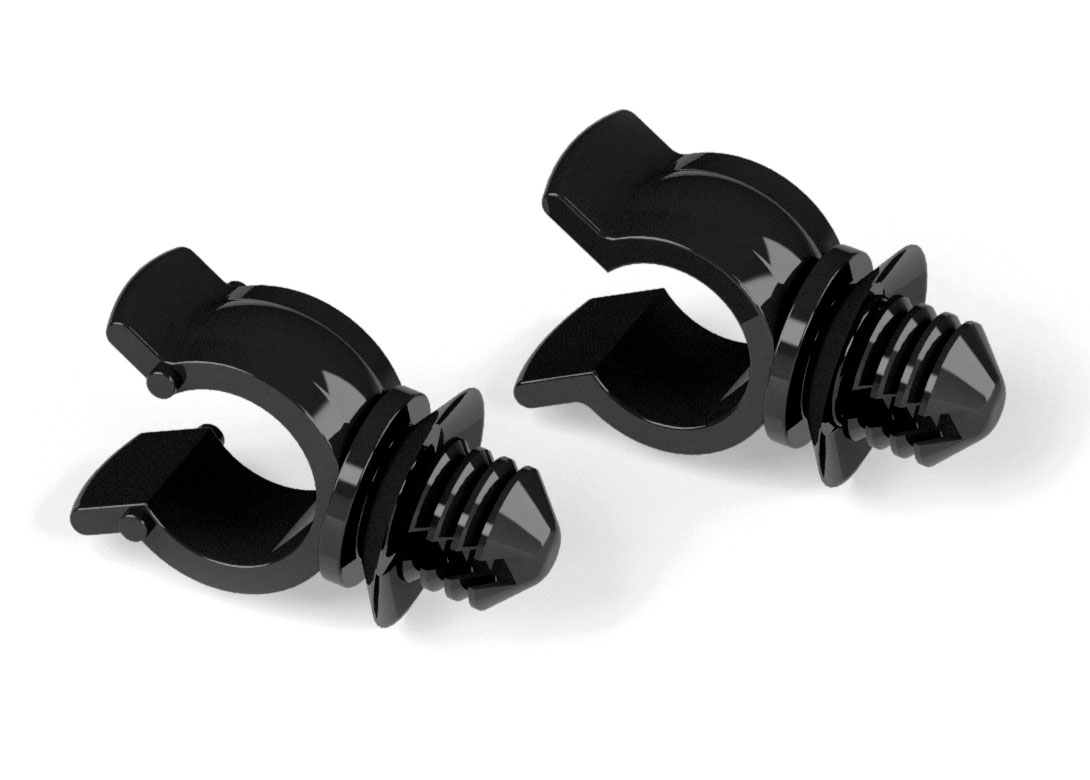
Does it look right?
Why not use different coloured fasteners for similar parts? JET PRESS works with a major manufacturer who makes sofas for a range of well known brands. The customer uses the M8 and M6 T-nuts, which look very similar.
Because the machine is fed from a hopper, there is a risk that an operator could fill the hopper with the wrong T-nuts and the wrong T-nut would be inserted into many pieces of timber. Now JET PRESS supplies the M6 T-nuts (part No JNT061YZP) with a yellow zinc plating so they look very different from the M8 T-nut.
Take a look at the windscreen washer pipes under the bonnet of a car and you may see several different coloured hose bands. If you use different colours for different hose sizes there is less chance an operative will make errors. Also, robots used in quality control can use colour to pick out errors more accurately if different colours are used.
JET PRESS has several ranges of fasteners that come in a choice of standard colours, including cable ties, security seals and fir tree clips. It can supply many other fasteners in custom colours, usually subject to minimum orders.
The JET PRESS team is always keen to talk to designers to help overcome their challenges.
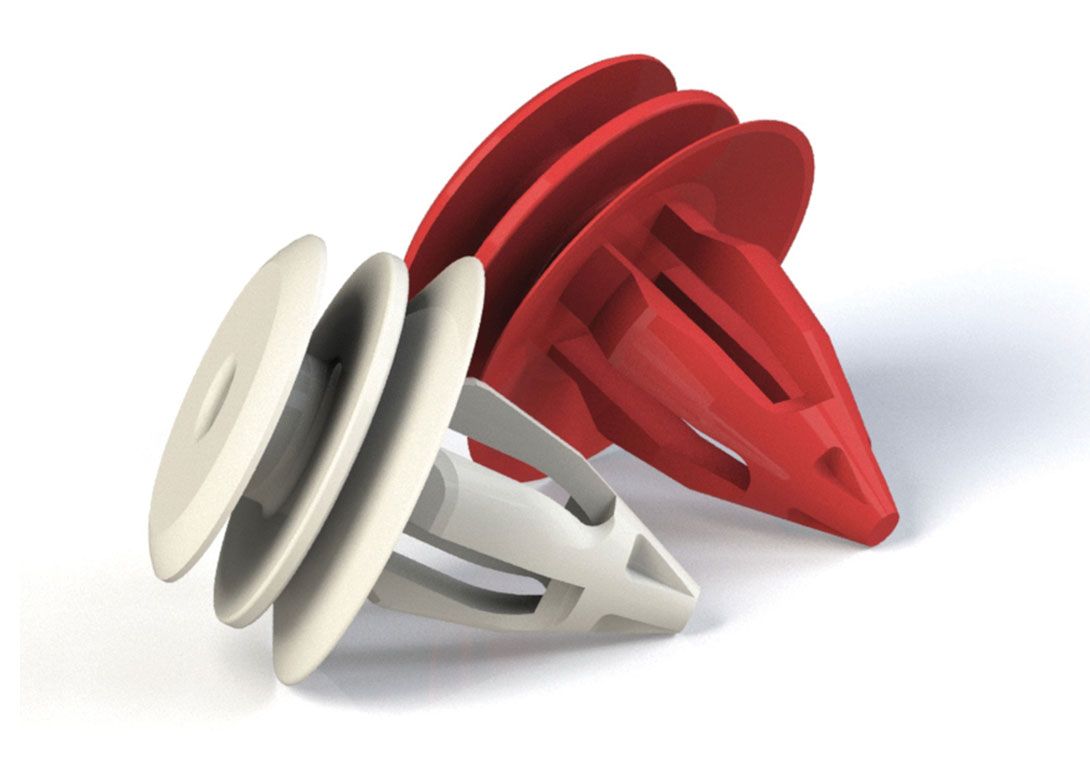
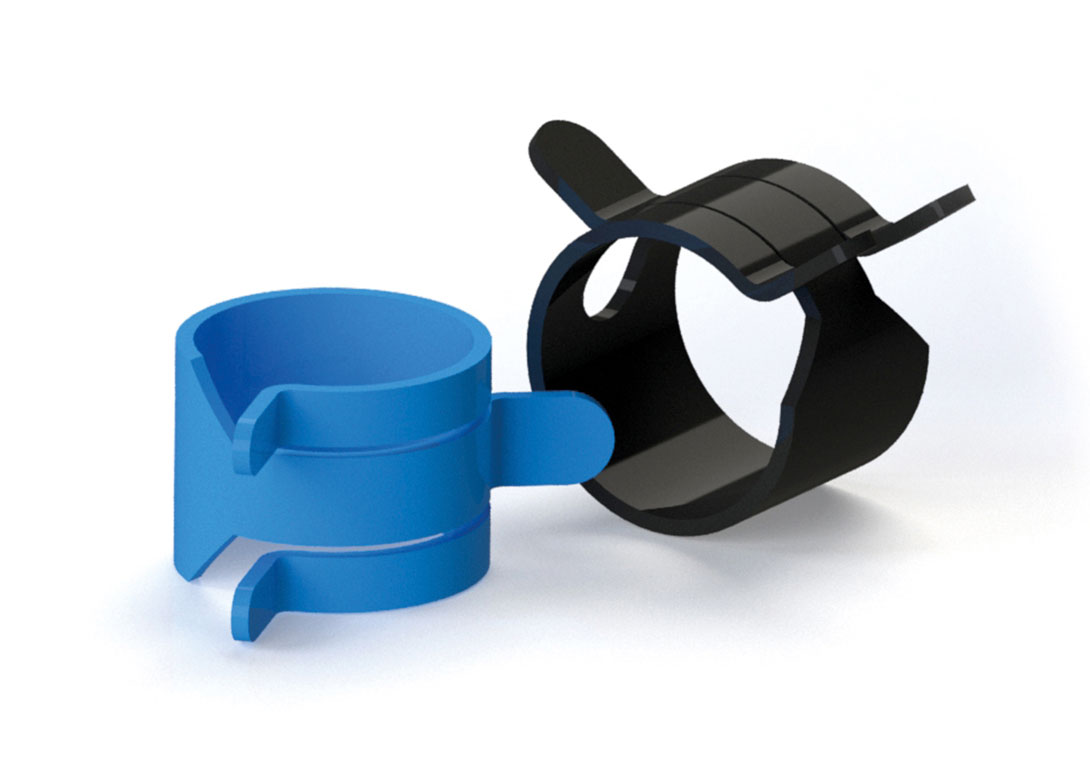

Will joined Fastener + Fixing Magazine in 2007 and over the last 15 years has experienced every facet of the fastener sector - interviewing key figures within the industry and visiting leading companies and exhibitions around the globe.
Will manages the content strategy across all platforms and is the guardian for the high editorial standards that the Magazine is renowned.
Don't have an account? Sign Up
Signing up to Fastener + Fixing Magazine enables you to manage your account details.